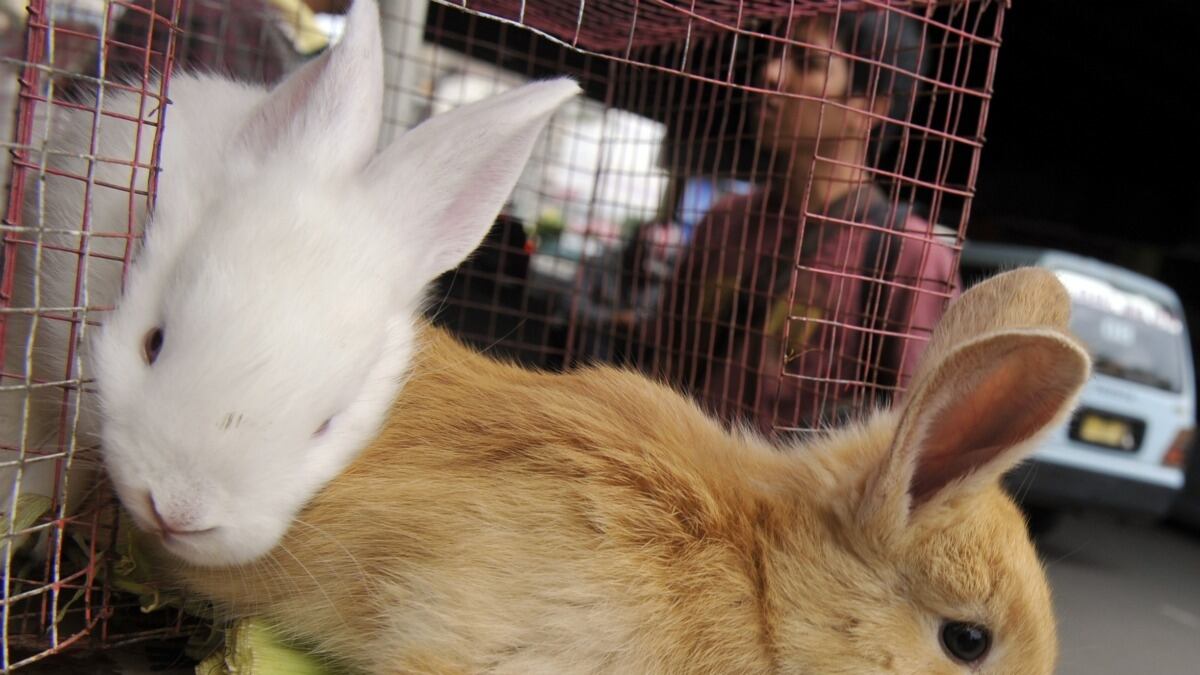
In the Huffington Post today, Douglas Anthony Cooper outlines the philosophy, methods, and passionate hard work behind the No-Kill movement, revolutionizing animal shelters across America:
And I have determined—I am convinced —that Nathan Winograd's No Kill program is the best thing to happen to the world's domesticated animals in my time. Perhaps ever. It is a genuine revolution, of the sort that it is a privilege to experience: we are living in one of history's rare moments.
To make the commitment to radically decrease the kill rate at an animal shelter is a difficult one, requiring a community of dedicated, hard-working volunteers devoted to the goal. But many communities all across the country and the world are showing that is possible:
The No Kill movement has proven —repeatedly—that it is possible: Shelters that have tried sincerely to adhere to a euthanasia rate of 10 percent or less have been exceptionally successful, as documented here. Entire cities have gone No Kill. Entire counties have achieved this. It has been accomplished in much less wealthy nations than the United States of America.
PETA's standard response to the no-kill movement is that the programs promote hoarding and subject animals to sub-par conditions. While this has been true in isolated cases, these shelters are shut down by regulators and do not adhere to the standards the movement expects. No-kill communities, by definition, must be large-scale community-wide projects pooling the resouces of many. For the full outline of how a program ought to be run, click here.
To qualify as a no-kill shelter, the animal shelter must:
maintain a 90% or better live release rate. That is, 90% or more of the animals that come into the shelter leave it alive, whether they go to an adoptive home, a rescue, or are returned to their owners. More and more shelters are managing to be both open-admission and no-kill, which is a revolution in animal sheltering.
Click here to read Cooper's full story.






